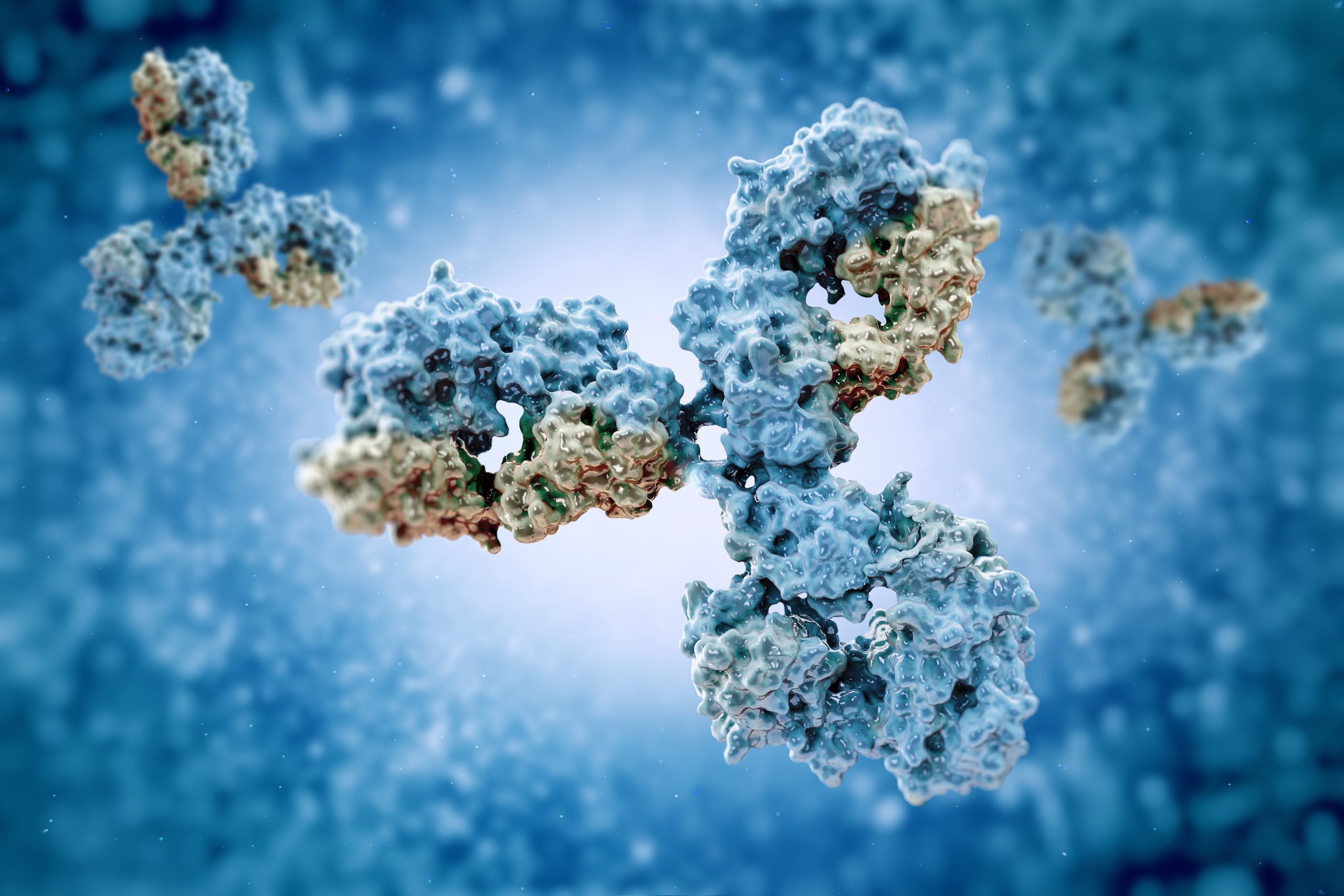What is Isothermal Titration Calorimetry (ITC)?
Neil Demarse | Morgan Ulrich
March 14, 2022
Isothermal Titration Calorimetry (ITC) is an experimental method used to measure the amount of heat released or consumed during a bimolecular chemical reaction. Chemical reactions can be either exothermic or endothermic, depending on the relative energetic stabilities of the reactants. Isothermal titration calorimetry can be used to quantify the magnitude of the heat change during the reaction.
A single isothermal titration calorimetry experiment can be used to calculate the binding affinity, binding specificity and the ratio of the binding (stoichiometry).
A key advantage of using ITC for measuring bimolecular interactions is that it can be used on free molecules in solution. This means that neither of the reactive species has to be immobilized to perform isothermal titration calorimetry measurements, so no additional sample preparation is required, making it is possible to measure the binding reactions in their native solution phase environment.1

Common Applications of ITC
Isothermal titration calorimetry measurements have a place in any field where studying biomolecular interactions could be of interest. Common applications include measuring protein-protein, protein-nucleic acid, and protein-membrane interactions, which are key for assembling macromolecular complexes, which are essential for pharmacological studies.
One of the growing areas of ITC use is in vaccine therapy research. All drug interactions can be considered a form of bimolecular, or higher order, intermolecular interaction. The same is true for other types of interaction between biological species, including an immune reaction to an invasive host.
How does ITC Improve Vaccine Therapy Research?
Since isothermal titration calorimetry can be used to determine binding interaction strengths in solution with high accuracy, this technique is highly useful for vaccine development. Isothermal titration calorimetry can be used to rapidly screen for species that have the right types of binding interactions with monoclonal antibodies and mRNAs in order to find suitable candidates for use in vaccines.2
How does an ITC Instrument Work?
An isothermal titration calorimetry instrument works by comparing the output of a reference cell and a measurement cell. Like for other calorimetry measurements, the two cells are enclosed in an adiabatic jacket to minimize interactions with the surrounding environment.
The cells are designed to be as close to identical as is possible. The reference cell contains a buffer solution similar to what will be used in the measurement cell and has a reference heater attached to the cell.
As the titration is performed in the measurement cell on the macromolecule of interest, there is an enthalpy change in the system. Since this reaction results in a temperature change and the two sample and reference cells are joined by highly efficient thermally conductive alloys, the temperature in the reference cell starts to change. The power to the heater required to keep the reference cell constant is measured and used to record the overall thermochemistry of the binding event.
TA Instruments
TA Instruments support even the most challenging of measurements in the life sciences with a range of isothermal titration calorimetry instruments. As many intermolecular interactions and binding energies can be very weak, TA Instruments has designed isothermal titration calorimetry measuring devices to be as sensitive as possible with outstanding baseline stability.2
TA Instruments offers both the Nano Isothermal Titration Calorimetry instrument and the Affinity ITC that are designed to be straightforward, simple-to-use instruments without sacrificing exceptional measurement performance. With low-volume cells ideal for precious vaccine therapy materials, the Affinity can also be integrated with 96-well autosamplers to accelerate your development processes.
Contact TA Instruments today to find out how your life sciences application, from drug to vaccine therapy development, could benefit from the reliability, accuracy and reproducibility of industry-leading ITC measurements.
References:
- Ghai, R., Falconer, R. J., & Collins, B. M. (2012). Applications of isothermal titration calorimetry in pure and applied research–survey of the literature from 2010. Journal of molecular recognition : JMR, 25(1), 32–52. https://doi.org/10.1002/jmr.1167
- Pluschke, G., & Mutz, M. (1999). Use of Isothermal Titration Calorimetry in the Development of Molecularly Defined Vaccines, Journal of Thermal Analysis and Calorimetry, 57(1), 377-388. https://doi.org/10.1023/a:1010162429900
Other Resources
- Application Note – Characterizing Virus Structure and Binding
- Application Note – Characterizing Protein – Protein Interactions by ITC
- Application Note – Characterization of Biopharmaceutical Stability
- Application Note – Advances in Native Binding Assays
- Application Note – Determining Thermal Stability of Antibodies with a Nano DSC
- Application Note – A Novel Thermodynamic Assay for Predicting and Monitoring Biomolecular Structure Stability
- Webinar – Biophysical Characterization of Antibodies in a Suspension: Solutions for Slurries
- Webinar – Biophysical Characterization of Antibody Drug Conjugates Using DSC
- Instrument – Nano DSC
- Instrument – Isothermal Titration Calorimeters (ITC)
- Instrument – Isothermal Microcalorimeters
- Contact – Contact TA Instruments Today

